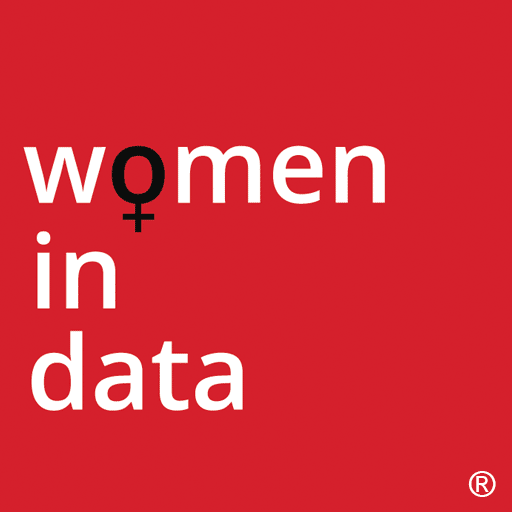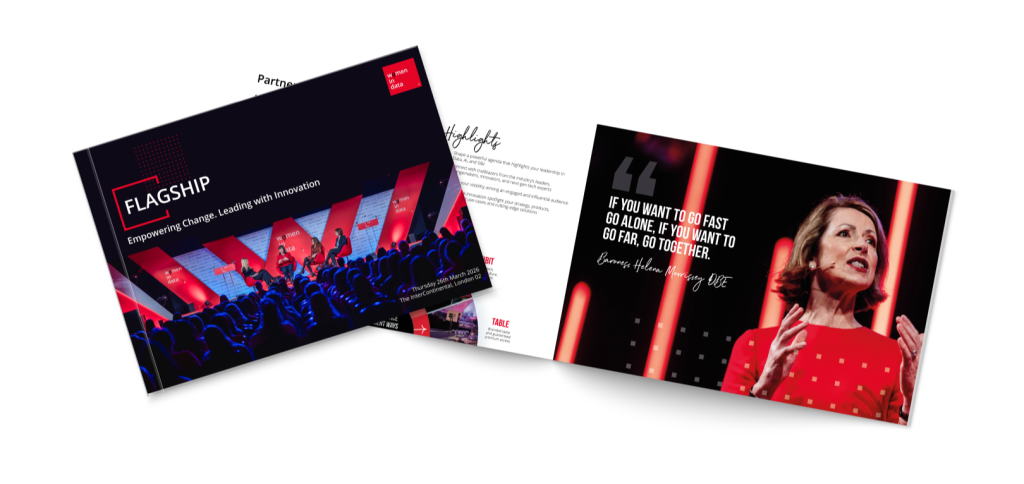Read more about TheThrivingAnalyst.com
The day I realised accuracy wasn’t enough
I used to think that to be a good analyst, all you needed to do was to deliver quality work on time. I took pride in the way I was double-checking my work to reduce the number of mistakes, and in the fact that I would deliver just before the deadline, no matter how many extra hours I had to work. Then one day, I joined a call where account managers and sales directors were discussing challenges they were facing at work. No one noticed I was there – that’s one for a different blog post – and at some point, someone said that although my work was great, they didn’t feel comfortable taking me to client meetings and therefore were missing on some analytics support when presenting insights.

After a whole weekend thinking about it, it struck me!
No wonder why I wasn’t getting promoted! I was in a client-facing role and stakeholders thought I was only good at producing numbers. They didn’t trust me to advise on analytics-related matters or to present my work. On Monday, I went to the person who addressed this on the call and asked them to elaborate. I have to say that it was quite satisfying to see their reaction when they realised that I had heard what they said 😀
This event marked a turning point in my career. It was the moment I realised the importance of good communication. There is a lot to say on communication, and I won’t pretend I am an expert in the area. All I can share is what I learnt from past mistakes and how it helped me grow into the professional I am today. In this blog post, I will aim to provide you with a method to help you become a trusted and dependable data analyst or data scientist through communication.
Before I get to that, I believe it’s important to look into the consequences of the lack of a good communication system.
Consequences of poor communication
Over the years, I have witnessed the impact of poor communication on my career and that of others. The main ones were:
- Stagnation
- Not being trusted with bigger pieces/more impactful of work
- Your contribution isn’t acknowledged
- Not being perceived as a high performer
- Not having one’s opinion heard
In the next part, I focus on what I believe is an ideal way to communicate throughout analytics projects.
A guide to becoming a trusted and dependable analytics professional
Scenario: You are a hands-on data scientist who works with various teams.
Project delivery will very likely be split into various parts, but here, I will split it into 3 parts to illustrate my point: Briefing, Work in progress, and Delivery.
Briefing
The work of a data scientist or that of a data analyst starts before a piece of work is briefed. Too often analytics requests are briefed in without the input of the individual that will work on the task or even someone close enough to the work to provide good input. This results in an overwhelming number of iterations and in projects that are not fit for purpose. You don’t want to add to the 85% of data science projects failing. Making sure we have the right people in the room is a must.
As a hands-on data scientist or analyst, you should ensure that you are part of the conversations that lead to the briefing. In these conservations, you should:
- Gain clarity on the business problems that need to be addressed
- Advise on the best approach
- Pushback on data points that won’t be relevant
- Warn of data related limitations
- Set expectations on outputs and delivery timelines
- Check whether there is an opportunity for you to present your work
With this approach, you are an advisor.
Work in progress
You were part of the briefing conversations and know what is expected from you. At this stage, communication is still very important. Double-check your brief and ask for clarification on grey areas. You still have your advisor’s hat on. Once that’s done, it’s important to confirm the delivery timelines.
Now is your time to shine and do what you do best – analyse data, build models, etc.
When working, we tend to put out heads down and get lost in data and codes. Don’t forget your stakeholders. Update them on your progress, reassure them on delivery timelines or work with them for revised ones. Make them part of the process.
It’s very likely that other projects get added to your pipeline and some will take priorities over others. You will also have tasks that will take longer than anticipated because, well… the data is never what we expect it to be and the code keeps failing for no obvious reason. Don’t suffer in silence, ask your manager and your stakeholders to help you prioritise your tasks.
Update, update, update…
Don’t wait until the last minute to let someone know that delivery will be delayed. Aspire to never be chased.
Image saying “whoops, your new model won’t be delivered today as agreed”
Delivery
Once your analysis is ready, your model is in place, your report has been published, inform your stakeholders of the key findings and show them how to read the output. The last thing you want is someone drawing the wrong conclusions.

When possible, present your work internally and externally. Visibility will help you progress faster in your career. If you don’t feel comfortable with public speaking yet, you could talk about your work in an internal newsletter, or have your manager present it on your behalf.
You can find some tips for storytelling in episode 38 of the Women in Data podcast with Gráinne Gilmore:
It’s also available on Spotify.
Lastly, you will want to document all the steps and decisions you took. You don’t want to go back to this project in 6 months’ time and have to read the whole code to try to understand what it does. Neither should your team members.
Recap
When it comes to acing a delivery, analysts and data scientists need to become dependable. This starts with great communication at all stages of the project.
It’s important that you:
- Are part of the initial conversation to understand the problem being addressed
- Advise on the best approach and set expectations
- Provide regular updates on your progress
- Ask for help when you need to reprioritise projects
- Communicate your take and conclusions on the work
- Ensure your contribution is visible
Ready to try it out? Think about a project you are working on; where can you increase your communication?
Written by : Karen Jean-Francois
As an Analytics Manager, Karen is passionate about helping data analytics professionals ace their career. Her work in this space led to an industry award as a Twenty in Data and Technology in 2020.

